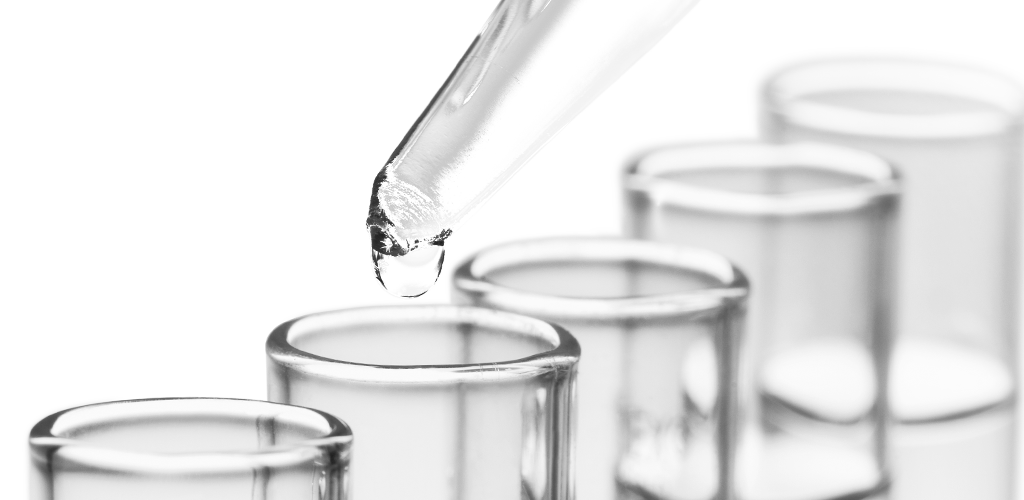Anticoagulation
Introduction
Drugs for targeted inhibition of blood clotting are referred to as anticoagulants. Through a controlled influencing of the secondary hemostasis the coagulability of the blood is selectively extended. Anticoagulation may then be necessary if a tendency to form blood clots (thrombi) is present (thrombophilia), or to avoid or treat thrombi or embolisms in arteries and veins during treatment.
In principle, a distinction is made according to the mode of action between "direct" and "indirect" anticoagulants.
Vitamin K antagonists and heparins are established indirect anticoagulants of secondary hemostasis. For many years, the use of coumarin derivatives and/or heparins has been the only option for the prevention and treatment of venous and arterial thrombosis. The associated challenges in terms of monitoring in the routine laboratory can be regarded as near solved. With the approval of the direct thrombin and factor Xa inhibitors in 2008, there has been a stormy development in the area of "new", direct anticoagulants (DOACs). Although these are designed with the require-ment of being able to do without monitoring, the control of their effective level is necessary in selected cases. This again provides the clinical laboratory with new challenges.
Indirect Anticoagulants
The effect of vitamin K antagonists of coumarin type is based on an inhibition of VKORC1 (vitamin K epoxide reductase complex 1). As a result, less vitamin K-hydroquinone is formed, which is needed as an essential cofactor for γ-carboxylation. As a result, this suppression of the vitamin K effect leads to the reduced formation of carboxyglutamic acid esters and thus to the synthesis of coagulation-ineffective factors (PIVKAs, protein induced by vitamin K absence).
The natural sulphated glycosaminoglycans (GAG), unfractionated heparin, low molecular weight heparins, danaparoid and the synthetically produced oligosaccharide fondaparinux, represent structures of endogenous substances and mimic an important physiological antithrombotic mechanism, namely the heparan sulphate-mediated catalysis of antithrombin. This substance group thus has an indirect effect on the inhibition of secondary hemostasis.
Direct Thrombin Inhibitors
Thrombin has a key position in the coagulation and therefore offers itself as the target of a direct-acting anticoagulant. Direct thrombin inhibitors (hirudin, bivalirudin, argatroban or dabigatran) bind directly to the active site of thrombin. As a result, interactions of the thrombin with its substrates are no longer possible. The fibrin formation is suppressed, as well as the thrombin-mediated activation of FV, FVIII, FXI and FXIII.
Direct Factor Xa Inhibitors
Low molecular weight direct factor Xa inhibitors inhibit factor Xa by reversibly binding to its active site. In vivo, they not only inhibit free factor Xa, but also factor Xa, which is bound to platelets as part of the prothrombinase complex.
The inhibition of factor Xa prevents the formation of large amounts of thrombin without affecting already formed thrombin. It is believed that this residual thrombin is sufficient to ensure the primary hemostasis and derives therefrom a broad therapeutic window for factor Xa inhibitors and a low bleeding risk.

